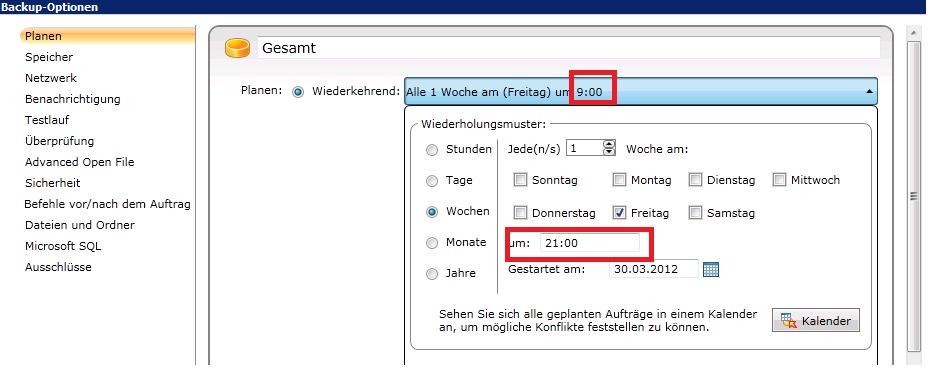

The installation is complete, but Auto-protect is not activated. If the Linux operating system kernel does not support the compilation of a pre-compiled Auto-Protect kernel module, the installer may be unable to build an auto-protect kernel module compatible with the operating system. If you want to add a managed client to your system, the only way to do so is to use the installation package generated in Symantec Endpoint Protection Manager. The Linux Agent cannot be installed directly onto a network share, USB device, or other method of distribution.
You can also use the same command to install Slync Single Agent for Linux. To install the SEP Linux Agent, a command called SEP must be executed as the device’s root. The Linux agent known as the symantec endpoint protection (SEP) Linux Agent was previously known as the Linux agent for 14.9 MP1. The company offers detailed support documentation and troubleshooting assistance for its Linux products, as well as a customer service helpline. Symantec also provides support for custom Linux distributions. Symantec offers its products for Linux-based systems such as Red Hat, Ubuntu, CentOS, and Suse. The company provides an extensive range of security solutions for the Linux platform, including anti-virus and anti-malware programs, endpoint protection, identity and access management, data protection, and more. By the end of this article, you should have a good understanding of how to check the status of your Symantec antivirus in Linux. We will cover topics such as how to verify the version of Symantec antivirus installed, how to view the status of the antivirus, and how to troubleshoot any issues that you might encounter. In this article, we will discuss how to check the status of your Symantec antivirus in Linux. Knowing the status of your Symantec antivirus is important to ensure that your system is protected and running smoothly. Linux is a powerful and secure operating system, yet it is still vulnerable to viruses and other malicious software.


 0 kommentar(er)
0 kommentar(er)
